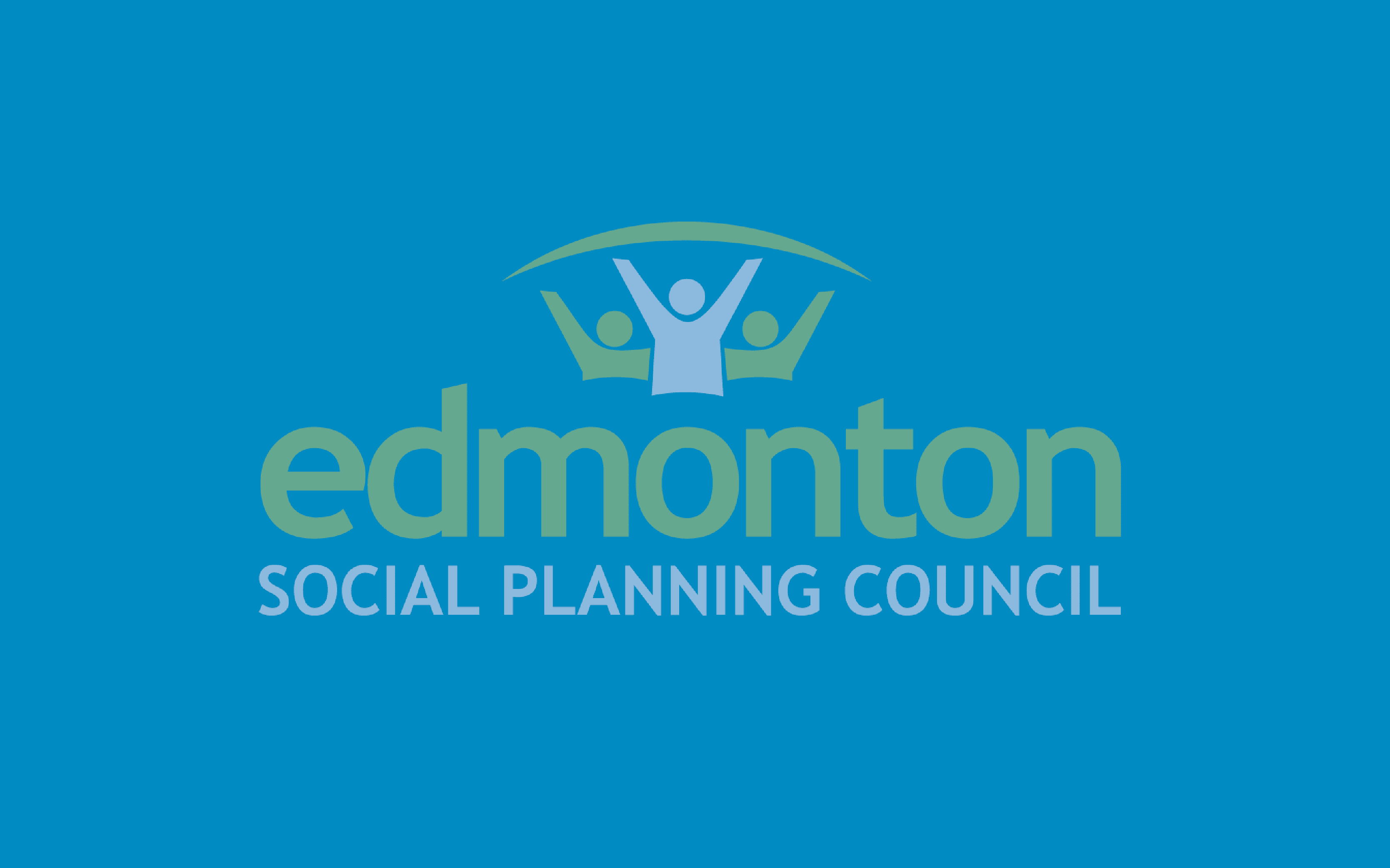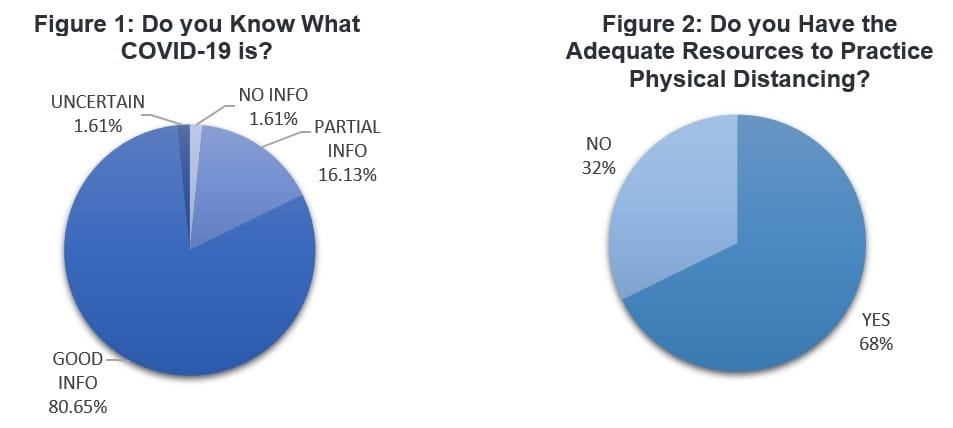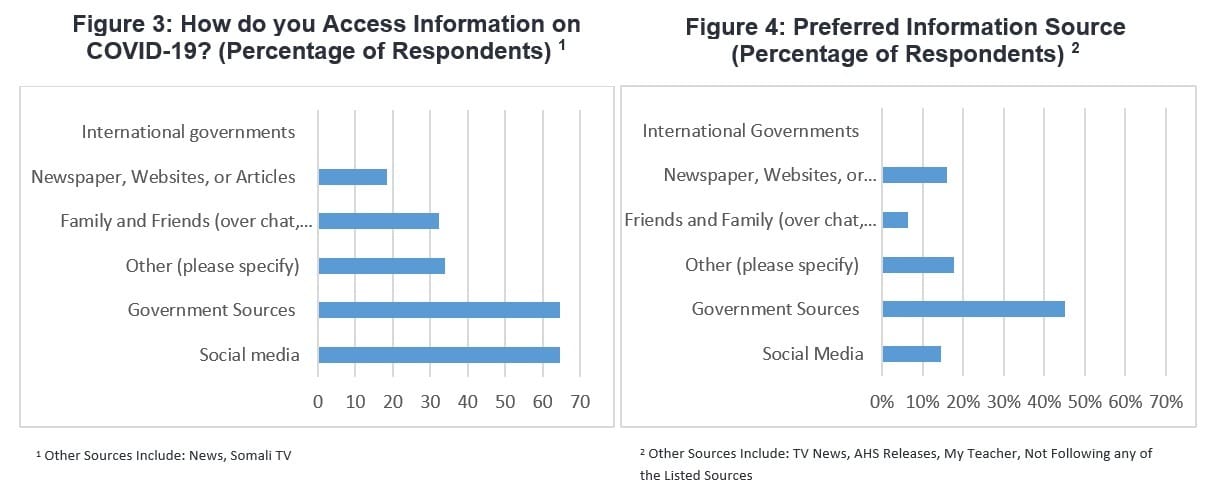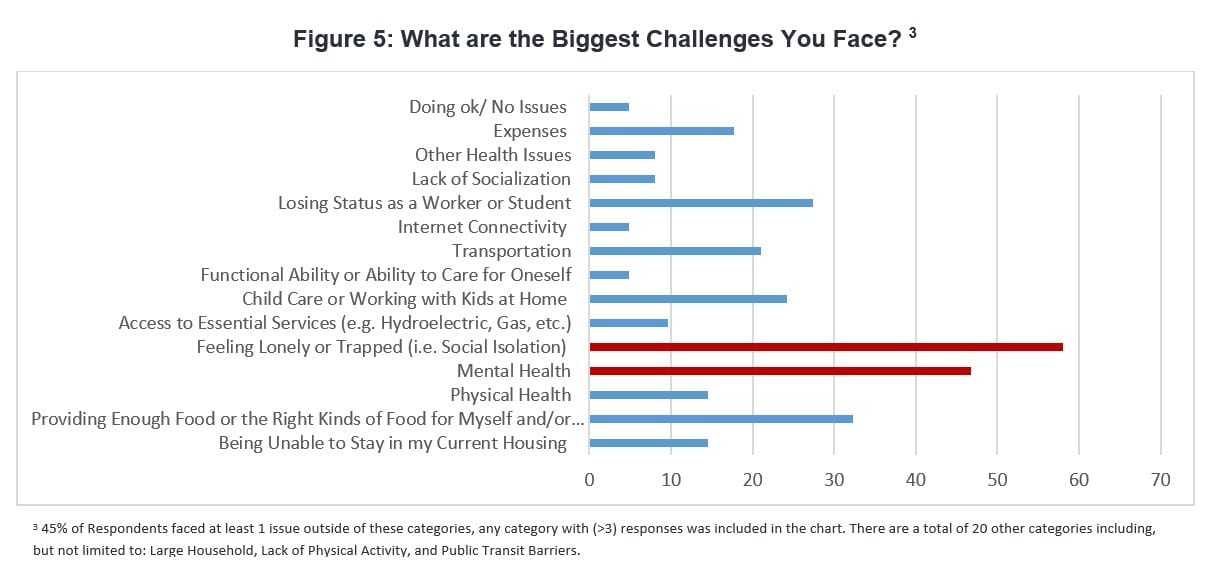[et_pb_section fb_built=”1″ _builder_version=”4.7.0″ custom_margin=”0px||0px||false|false” custom_padding=”0px||0px||false|false”][et_pb_row column_structure=”3_4,1_4″ use_custom_gutter=”on” gutter_width=”2″ _builder_version=”4.7.7″ _module_preset=”default” width=”100%” custom_margin=”0px||||false|false” custom_padding=”0px||0px||false|false” border_width_bottom=”1px” border_color_bottom=”#a6c942″][et_pb_column type=”3_4″ _builder_version=”4.7.0″ _module_preset=”default”][et_pb_post_title meta=”off” featured_image=”off” _builder_version=”4.7.4″ _module_preset=”default” title_font=”||||||||” custom_margin=”||3px|||” border_color_bottom=”#a6c942″][/et_pb_post_title][/et_pb_column][et_pb_column type=”1_4″ _builder_version=”4.7.0″ _module_preset=”default”][et_pb_image src=”https://edmontonsocialplanning.ca/wp-content/uploads/2020/12/COLOUR-BLOCKS_spaced-300×51.png” title_text=”COLOUR BLOCKS_spaced” align=”center” _builder_version=”4.7.7″ _module_preset=”default” max_width=”100%” max_height=”75px” custom_margin=”0px|0px|0px|0px|false|false” custom_padding=”10px|0px|20px|0px|false|false” global_module=”96648″][/et_pb_image][/et_pb_column][/et_pb_row][et_pb_row column_structure=”3_4,1_4″ use_custom_gutter=”on” gutter_width=”2″ make_equal=”on” _builder_version=”4.7.7″ background_size=”initial” background_position=”top_left” background_repeat=”repeat” width=”100%” custom_margin=”0px|auto|0px|auto|false|false” custom_padding=”30px|0px|0px|0px|false|false”][et_pb_column type=”3_4″ _builder_version=”4.5.6″ custom_padding=”0px|0px|0px|0px|false|false” custom_padding__hover=”|||”][et_pb_text _builder_version=”4.7.5″ _dynamic_attributes=”content” _module_preset=”default” text_font=”|600|||||||” text_text_color=”#2b303a” custom_padding=”||32px|||”]@ET-DC@eyJkeW5hbWljIjp0cnVlLCJjb250ZW50IjoicG9zdF9kYXRlIiwic2V0dGluZ3MiOnsiYmVmb3JlIjoiIiwiYWZ0ZXIiOiIiLCJkYXRlX2Zvcm1hdCI6ImRlZmF1bHQiLCJjdXN0b21fZGF0ZV9mb3JtYXQiOiIifX0=@[/et_pb_text][et_pb_text _builder_version=”4.9.4″ text_text_color=”#2b303a” text_line_height=”1.6em” header_2_font=”||||||||” header_2_text_color=”#008ac1″ header_2_font_size=”24px” background_size=”initial” background_position=”top_left” background_repeat=”repeat” text_orientation=”justified” width=”100%” module_alignment=”left” custom_margin=”0px|0px|0px|0px|false|false” custom_padding=”25px||||false|false” locked=”off”]
Note: this is excerpted from the Spring 2021 edition of our fACTivist publication. The Edmonton Social Planning Council, in collaboration with volunteers and colleagues within the sector, strives to provide stakeholders and community members with updates on ESPC’s activities and projects, including articles and initiatives that address a variety of pertinent issues that affect our community.
Written by Michael Janz
I commend the Edmonton Social Planning Council on their report, Confronting Racism with Data: Why Canada Needs Disaggregated Race-Based Data, which calls for disaggregated race-based data across Canada. Educational policies especially must consider how outcomes ranging from achievement, discipline, or attendance data are impacted by racism.
As an 11-year Edmonton Public School Trustee, here are a few of my reflections for action for Edmonton Public Schools, Edmonton, and Alberta. As Edmonton Public Schools start to collect this data, public pressure will mount for Edmonton Catholic, Elk Island, Sherwood Park, Calgary, and other school districts to do the same. The ability to quantify the impacts of racial injustice, beyond anecdotal evidence, provides clear patterns and trends to support the need to create change and address the existing inequities through appropriate interventions.
When You Know Better, You Can (and Should) Take Action to Do Better
Race-based data allows the district to identify gaps in the delivery of education, which in turn will lead to the development of better programming to ensure student success. The areas are not restricted to achievement, discipline, and attendance.
In September 2020, Edmonton Public Schools became the first school jurisdiction in Alberta to commit to collecting race-based data. You can read the recommendation report that was passed unanimously by the Board of Trustees here. Trustees voted unanimously to collect the data with the intention to identify and address gaps that exist in education for racialized communities. We have heard these concerns from members of the community over a number of years about gaps and inequities, and now we are going to measure and act accordingly.
The Toronto District School Board has been collecting race-based data since 2006. Ontario began collecting data as a province in 2006.
Alberta School Boards are required to report on disaggregated student achievement data for students who self-identify as First Nations, Métis, or Inuit, but there is no broader collection of race-based data. This model has been billed as a significant undertaking and could take up to two years. Engagement is underway with community partners.
Nothing About Us, Without Us
We know that data can be misused, so conversations about communities impacted by racism—especially to protect family concerns regarding privacy and use of data—are essential. However, school boards have collected and reported on self-identified First Nations data for at least 20 years, as has Toronto and Ontario, so clearly there are working models that could allow us to move quickly.
Additionally, we need to make sure that data is not misused with a deficit lens and that we do not run into the same problems we’ve seen with school rankings. The problem is not the students—the problem is the surrounding context.
Addressing Racism in Education
In June 2020, the Board of Trustees released a statement acknowledging that racism and discrimination exist in our Division and we have work to do to address this.
We are undertaking a number of initiatives such as:
- Pushing pause on the School Resource Officer program to study the impacts, as well as removing the armed, uniformed, police officers until further notice.
- Developing a model to collect race-based data for students within the Edmonton Public School Board (EPSB).
- Advocating to Minister of Education Adriana LaGrange to collect race-based data across Alberta.
It is important to me and a number of other trustees that these measures are not limited to students, but that future boards implement greater disaggregated collection for staff and families as well.
Maximizing Efficacy of Interventions
With race-based data, you can target interventions and investments in strategies that support the students who need the most help. We know that funding cuts hurt our families, in particular the most vulnerable experiencing racism. Right now, in Edmonton Public Schools, we make certain budget decisions based on a neighbourhood social vulnerability index. We do not have the data to better target interventions based on varying intersections, such as socio-economics, race, and other factors. Many families are experiencing poverty—including refugee, Indigenous, and newcomer students and those from lower socio-economic areas that have disproportionately racialized populations.
Systemic Racism in Education Budgets
When you look at the broken weighted average formula (which assigns more weight to recent data and less on past data) brought in by the provincial UCP government, fewer funds are flowing from the Legislature to the districts that are more urban and racially diverse. As a result, the students who need the most attention and support will be competing with a growing number of other students for a limited pool of money.
Staffing and Leadership
Edmonton’s student body and city are incredibly diverse; teaching staff, and particularly the administration, are less so.
Our staff pool is not reflective of that diversity, with visible minorities more represented in certain groups (custodial) than in teaching. Of school leadership, our principals are reflective of our teaching cohort and are not reflective of the racial diversity of the students and families they serve. Elected Public, Catholic, and Francophone School Trustees even less so.
Many big questions come to mind. Race and layoffs. Who do layoffs most affect? What can we do to increase the pool of available teachers at Concordia University or the University of Alberta? What are the barriers for completing high school in Edmonton and entering teacher college?
Complex Solutions
Seeds can’t grow in weeds and until we can pull out the weeds of poverty, racism, and injustice, the schools in our community garden will not truly flourish.
A teacher can only impact a child for, at most, one-third of a day. Whether the child arrives at school ready to learn, is fed, properly clothed and supported, and can engage in learning has a dramatic impact on their ability to participate. Do they feel safe and that they belong at school? Did the transit police harass them on the way? Did the School Resource Officer profile them? After school, what opportunities for support, enrichment, or music can they experience?
Ending racism has been identified as one of the six game changers by End Poverty Edmonton. Data, including that collected and analyzed by the Edmonton Social Planning Council, clearly shows that there is a higher proportion of people of visible minority and Indigenous backgrounds experiencing poverty than other groups.
Systemic Racism is One Thing, Actual Racism is Another
Outside of our school buildings, we need actual enforcement of public safety for all of us. We need to prosecute hate crimes and not allow a dismissal by police services. Measures by municipalities can be taken to bylaws that ban racist symbols such as tiki torches at protests. If we can ban conversion therapy in Edmonton, surely we can put forward even stronger action to end racism and discrimination.
Over the last decade, we’ve seen at EPSB enormous strides in our work to create a sense of belonging for sexual orientation and gender identity among our students, staff, and families. We need to build on, and do better with, an intersectional lens for all groups.
Beyond EPSB policies, we need provincial change. I put forward a motion in October 2020 (passed unanimously) for the provincial curriculum to be explicitly anti-racist and for funding, professional development, and anti-racism training to be available for teachers.
The Next School Board Election
Ask your school board trustees: are they going to demand disaggregated data from all orders of government? Are they willing to be thoughtful, open, and transparent about their own district operations?
Conclusion
Racism and discrimination exist in everything from policing to traffic safety. Recently the city of Portland, Oregon found a way to expedite safe streets because they realized (using data) that harm was disproportionately affecting people based on race and income. If race-based data can help us create safer streets, the potential for our classrooms are enormous.
Michael Janz is a three-term trustee of Ward F for the Edmonton Public School Board.
[/et_pb_text][/et_pb_column][et_pb_column type=”1_4″ _builder_version=”4.7.4″ custom_padding=”0px|20px|0px|20px|false|false” border_color_left=”#a6c942″ custom_padding__hover=”|||”][et_pb_testimonial author=”Posted by:” job_title=”@ET-DC@eyJkeW5hbWljIjp0cnVlLCJjb250ZW50IjoicG9zdF9hdXRob3IiLCJzZXR0aW5ncyI6eyJiZWZvcmUiOiIiLCJhZnRlciI6IiIsIm5hbWVfZm9ybWF0IjoiZGlzcGxheV9uYW1lIiwibGluayI6Im9uIiwibGlua19kZXN0aW5hdGlvbiI6ImF1dGhvcl93ZWJzaXRlIn19@” portrait_url=”@ET-DC@eyJkeW5hbWljIjp0cnVlLCJjb250ZW50IjoicG9zdF9hdXRob3JfcHJvZmlsZV9waWN0dXJlIiwic2V0dGluZ3MiOnt9fQ==@” quote_icon=”off” portrait_width=”125px” portrait_height=”125px” disabled_on=”on|off|off” _builder_version=”4.7.7″ _dynamic_attributes=”job_title,portrait_url” _module_preset=”default” body_text_color=”#000000″ author_font=”||||||||” author_text_align=”center” author_text_color=”#008ac1″ position_font=”||||||||” position_text_color=”#000000″ company_text_color=”#000000″ background_color=”#ffffff” text_orientation=”center” module_alignment=”center” custom_margin=”0px|0px|4px|0px|false|false” custom_padding=”32px|0px|0px|0px|false|false”][/et_pb_testimonial][et_pb_text disabled_on=”on|off|off” _builder_version=”4.7.7″ _dynamic_attributes=”content” _module_preset=”default” text_text_color=”#000000″ header_text_align=”left” header_text_color=”rgba(0,0,0,0.65)” header_font_size=”20px” text_orientation=”center” custom_margin=”||50px|||” custom_padding=”48px|||||”]@ET-DC@eyJkeW5hbWljIjp0cnVlLCJjb250ZW50IjoicG9zdF9jYXRlZ29yaWVzIiwic2V0dGluZ3MiOnsiYmVmb3JlIjoiUmVsYXRlZCBjYXRlZ29yaWVzOiAgIiwiYWZ0ZXIiOiIiLCJsaW5rX3RvX3Rlcm1fcGFnZSI6Im9uIiwic2VwYXJhdG9yIjoiIHwgIiwiY2F0ZWdvcnlfdHlwZSI6ImNhdGVnb3J5In19@[/et_pb_text][et_pb_code _builder_version=”4.9.4″ _module_preset=”default” text_orientation=”center” locked=”off”][3d-flip-book mode=”thumbnail-lightbox” id=”130197″ title=”true”][/3d-flip-book]
Click on image to view online.
[/et_pb_code][/et_pb_column][/et_pb_row][/et_pb_section]







